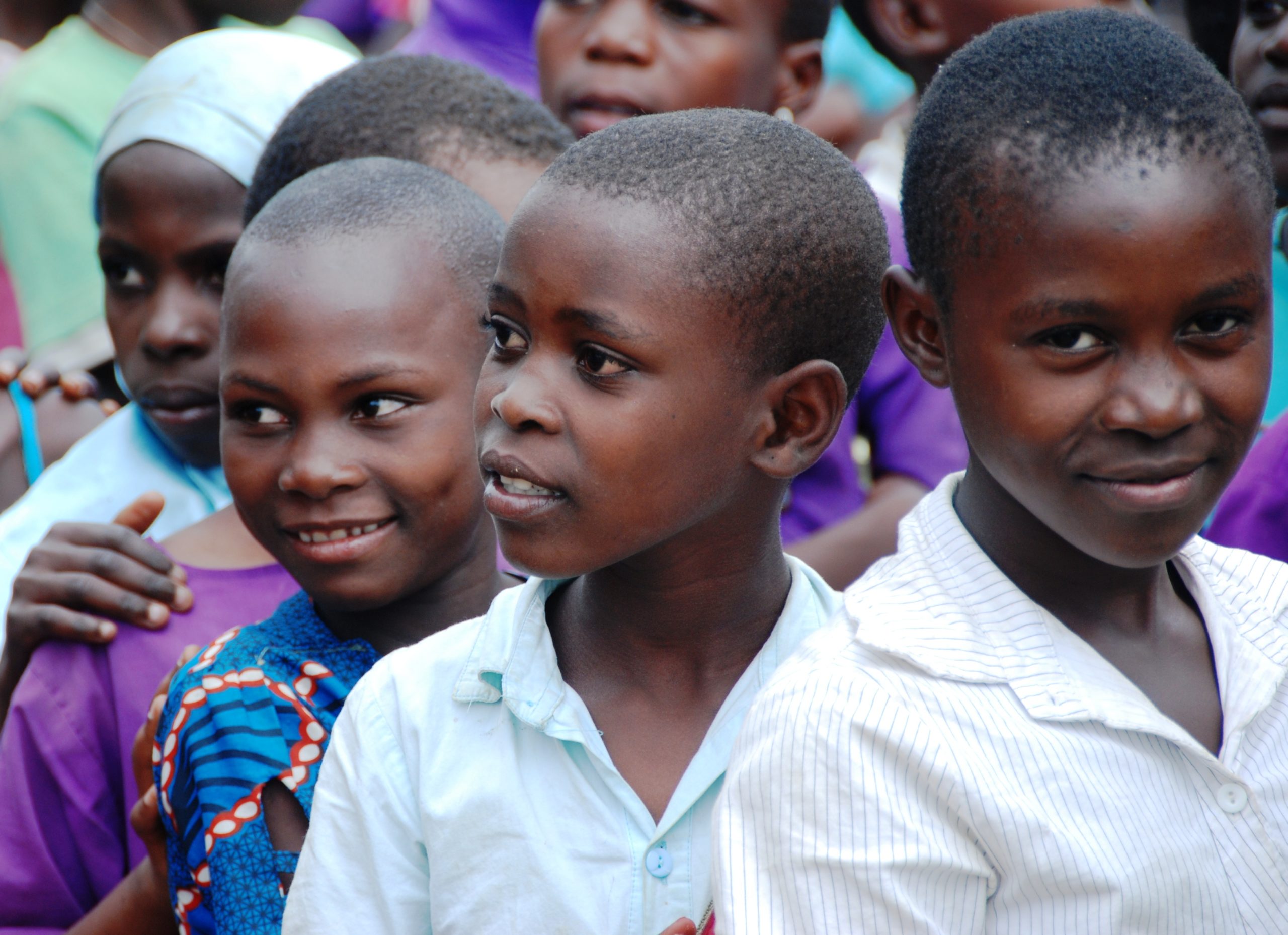We work towards eradicating child labour in six countries and along five key supply chains.





These five sectors have a high incidence of child labour and importance in the (economic) context of the six countries. Moreover, these sectors are relevant for responsible businesses/sustainable production.
Gold/mining
Artisanal and small-scale mining (ASM) has experienced explosive growth in recent years, because of rising mineral prices. 40.5 million people were directly engaged in ASM in 2017. The sector is known for harsh working conditions and lack of safety and health conditions, as well as gender and child labour issues. This is no different for the gold sector.
The ILO confirms that gold mining is extremely dangerous work, especially for children. Still, tens of thousands of children are found in the small-scale gold mines of Africa, Asia and South America. Children work both above and underground.
We work on the gold/mining sector in Uganda, Mali and Côte d’Ivoire.
Garment, textiles and footwear
The garment manufacturing industry provides employment for more than 70 million workers worldwide. In many countries, the garment industry is characterised by a lack of decent work and inadequate living conditions for workers and their families. Many child labourers work in garment factories, in tasks like cutting, trimming threads, fastening buttons, folding cloths, ironing.
Facing the same conditions as adults, which often means working long hours (including overtime) and sometimes in hazardous conditions. Despite high international attention for working conditions in the garment and textile industry, child labour is still prevalent in this sector. Labour conditions have improved in the large factories that supply directly to international garment companies, however, there is still a lot of (hidden) outsourcing to smaller factories and workshops where there are no controls. There, the risks of child labour are high.
We work on the garment, textiles and footwear sector in India and Vietnam.
Natural stone
Worldwide, at least one million children work in mining and quarrying of natural stone. Some of them work in quarries where cobblestones for paving and granite for gravestones, counter tops and floors are sourced. The children perform hazardous work and usually do not attend school. Children tend to start working in quarries long before they reach the age of 14.
We work on the natural stone sector in India.
Cocoa
The cocoa sector’s goal of driving a 70 per cent reduction in the worst forms of child labour by 2020 will not be met. Many children living in cocoa growing communities still face high rates of poverty, hazardous work, malnutrition, and are either not in school or are not benefiting from quality education. Fluctuations in the price of cocoa can have a major impact on family income, particularly where safety nets do not exist.
Growing cocoa is labour intensive. Smallholders produce 95% of all cocoa. Many of these smallholders live in West Africa, which produces 70% of the world’s cocoa. Millions of farmers depend on cocoa to make a living. For the most part, the production is family-based and small-scale. Children working on these small cocoa farms are often related in some way to the smallholder.
We work on the cocoa sector in Cote d’Ivoire.
Domestic and/or informal work
Finally, we also focus on the prevalence of informal and domestic work across all focus countries.
More than 70% of child labour is found in the agricultural sector, usually in hidden forms of child labour in family agriculture and the household. The ILO estimates that over 17 million children are involved in paid domestic work, the majority of whom are considered to be in a situation of child labour. Most child domestic workers are girls (over 60%), predominantly in third party homes, outside of their family home.
As child domestics, children are at high risk of being subjected to sexual and emotional exploitation. “Invisible children”, especially girls, working on the family land or in their own or other households, doing unpaid work and not being registered as working, are normally not covered by interventions that aim to tackle child labour. The result is that those children fall through the cracks and the problem of child labour will manifest in that area. Adopting an area-based approach will ensure that we do not only tackle child labour in a specific sector but that we also reach out to all other children that are involved in some form of labour and children who are out of school.

